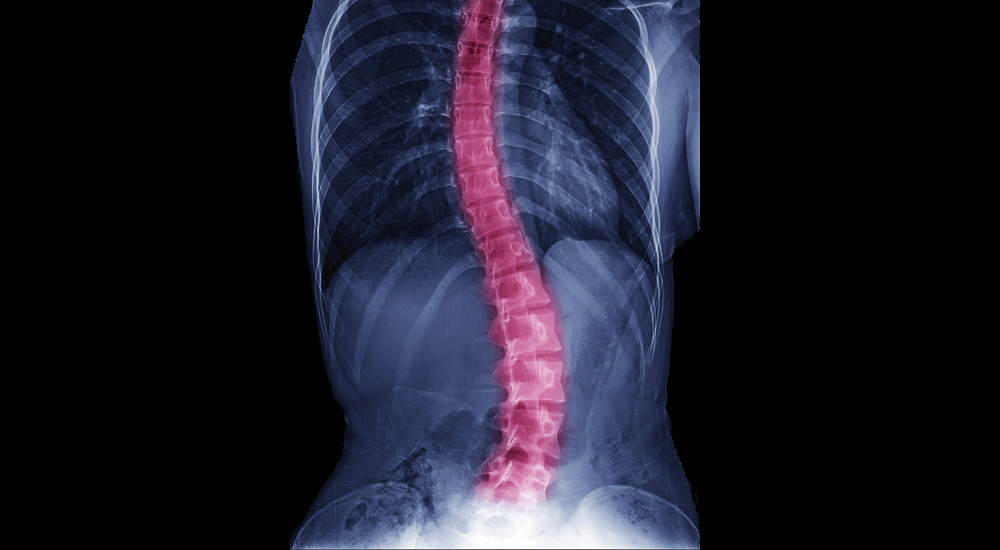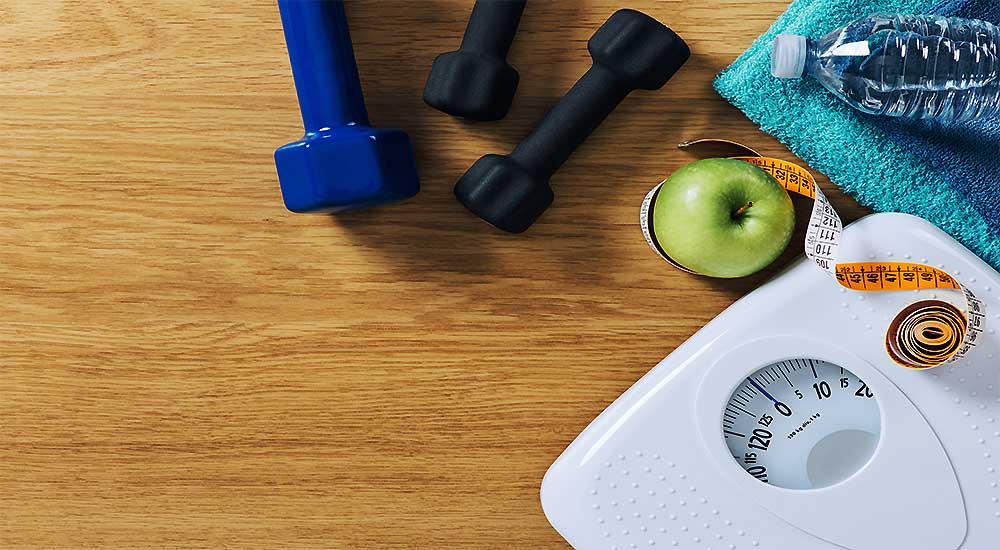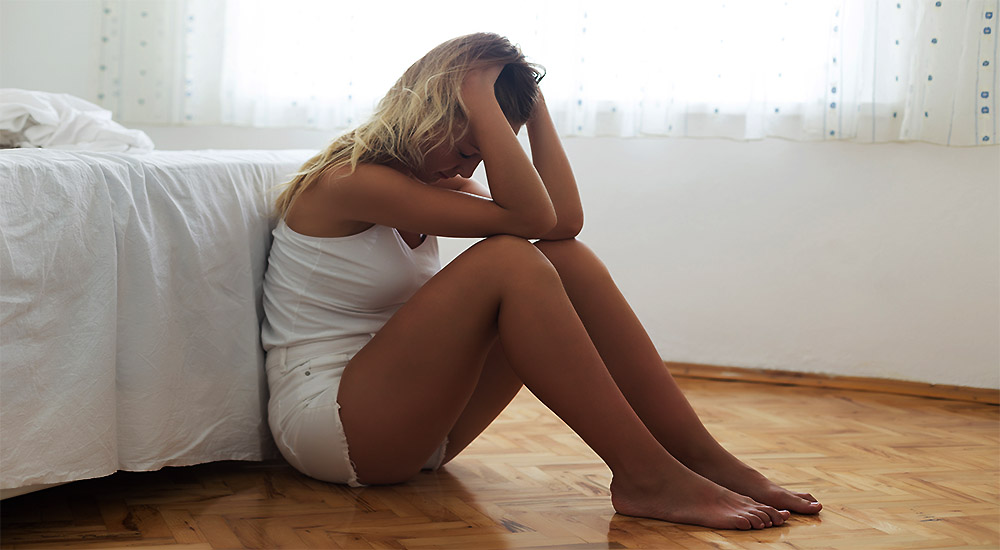Scoliosis – What You Need to Know

What is Scoliosis?
Scoliosis is a disorder that causes an abnormal curve of the spine. The spine has normal curves when looking at it from the side, but it should appear straight as an arrow when looking from the front or back. Over the years we have seen many patients come through our Root Cause Medical Clinic.
When looking from the side you’ll notice that the mid-back curves forward like a “C”—this is called a kyphosis curve. Similarly, the neck and lower back, when viewed from the side, also curve, but in the opposite direction to the middle back—this is called a lordosis curve.
Individuals with scoliosis develop additional curves from side to side when viewing their spine from the front or back. These curves are due to the bones of the spine twisting on each other, forming a “C” or an “S” shape in the spine.
How is it Detected?
The most common and obvious symptom of scoliosis is an abnormal curve of the spine. Often this is a mild change and may be first noticed by a friend or family member. The change in the curve of the spine typically occurs very slowly so it is easy to miss until it becomes more severe. It can also be found on a routine school screening examination for scoliosis.
Those affected may notice that their clothes do not fit as they did previously or that pant legs are longer on one side than the other.
How the spine initially began to twist (whether due to muscle degenerative disease or unknown causes) is less important than recognizing the imbalances. Identify the imbalances and you can treat the problem.
It’s Twice as Common in Females
Scoliosis is twice as common in girls as in boys. It can be seen at any age, but it is most frequent in those over 10 years of age. Scoliosis is hereditary in that people with scoliosis are more likely to have children with scoliosis.
However, there is no correlation between the severity of the curve from one generation to the next. All scoliosis cases involve asymmetrical muscles that should be equal in length and strength but are not. A scoliotic spine twists abnormally due to strength and bulk imbalances amongst muscle groups in the back and elsewhere (such as lower extremities).
For whatever reason, the muscles on one side of the back grow stronger than the opposing side. The weaker ones cannot maintain a balance, so the scoliosis cycle begins and gradually worsens under the asymmetrical loads.
Physical Therapists Provide Effective Treatment
An effective regimen of exercises for scoliosis follows a careful diagnosis by a physical therapist of which muscle groups are too weak and which are overdeveloped and tight. The physical therapist’s purpose is to design a program that restores normal balance. Each person’s scoliosis deformity is unique, so a physical therapist tailors the scoliosis exercises individually.
Scoliosis can cause muscle pain from spasm, strain, trigger points, and reduced blood flow. These issues can contribute to pressures that may eventually cause disc herniation, and they are often the main cause of low and middle back pain. While there are many factors that can contribute to the muscular imbalances involved in scoliosis, more importantly, is recognizing that the postural imbalance exists, which muscles are involved and applying treatment techniques to normalize the imbalance. All are vital to eliminating the pain and discomfort experienced with scoliosis.
Chiropractors and Physical Therapists Make a Great Treatment Team
There is an area of physical therapy called scoliosis physical therapy. I personally am trained in this area and I work with my patients on a regular basis in the Root Cause Medical Clinic, while additionally encouraging them to perform exercises at home, sometimes with the assistance of a family member.
In their tailor-made program, patients are taken through stretches and bends to improve flexibility, strength, and tone, and to reduce inflammation. I also offer massage and manual manipulation as part of scoliosis physical therapy sessions. The home exercises are designed to help the body retain the benefits of physical therapy and, as mentioned above, I strongly encourage them to be done regularly. It is important to see a physical therapist who has experience with scoliosis physical therapy, and I also recommend working simultaneously with a chiropractor to ensure that the course of treatment remains appropriate and effective. This teamwork is what we do here at Root Cause Medical Clinic and we enjoy excellent results.
Do you need help with your health?
We have the diagnostic and testing tools, the clinical experience, and a different medical approach to discovering the root cause of why you have the symptoms that are bothering you. As long as you are ready to make some dietary and lifestyle changes, we can help you. We will "hold your hand" through the changes, step by step, to make each step an easy one. We are located in Clearwater, FL, at 1000 S Ft Harrison, at the corner of Ft. Harrison Ave. and Magnolia St. There is plenty of parking space directly accessible from Ft Harrison. If it is not convenient for you to come to Root Cause Medical Clinic, we offer telehealth/telemedicine consultations to residents of certain states. Call us for details.
Contact us for a Consultation – Call 727-335-0400
Ask a Doctor
Have a health concern you'd like to speak with a doctor about? Or just want clarity on a subject? Ask Us!
Featured Articles
Popular Stories

Dr. Rupa Chakravarty DPT, OCS
Director of Physical Therapy at Root Cause Medical
Doctor of Physical Therapy, Orthopedic Certified Specialist
Dr. Chakravarty has numerous certifications for different techniques in Physical Therapy practice. She employs an extensive array of manual as well as exercise techniques to manage her patients’ symptoms during their course of therapy.


